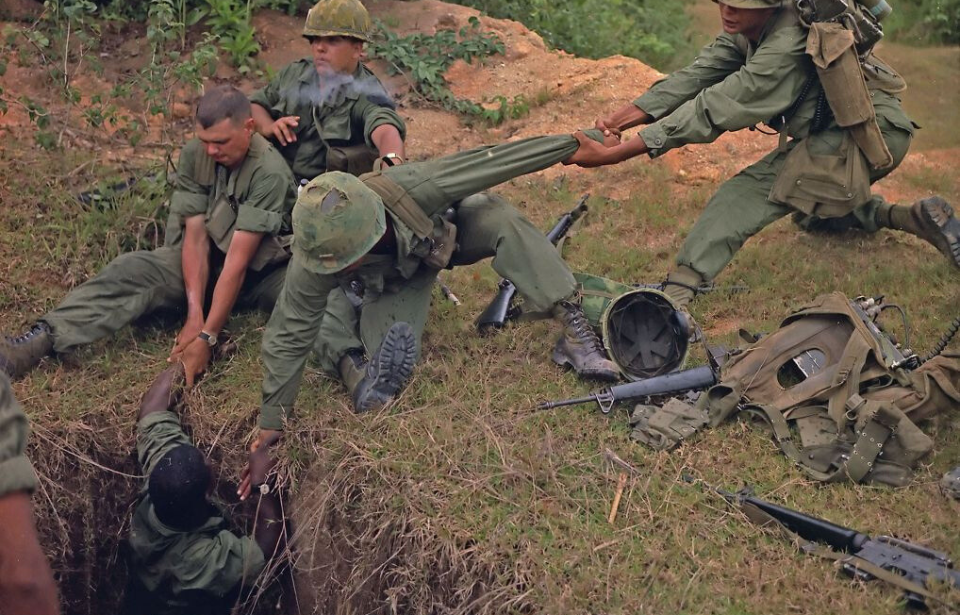Of the nasty, uncomfortable, deadly and outright terrifying jobs carried about by those who served in the Vietnam War, clearing Viet Cong tunnels was one of the worst. The task emerged as one of the most dreaded jobs of the conflict, and there’s no surprise as to why. These tunnels were vast and complex, often dimly-lit and vulnerable to collapse at any moment.
The Viet Cong dug and used tunnels for many purposes – namely as shelters and support networks – and they were critical to their guerrilla warfare. Due to their importance, they needed to be cleared by the American forces as they pushed past them. Often, this was done by hand, by troops who were unofficially known as “tunnel rats.”
What were the Viet Cong’s tunnels used for?
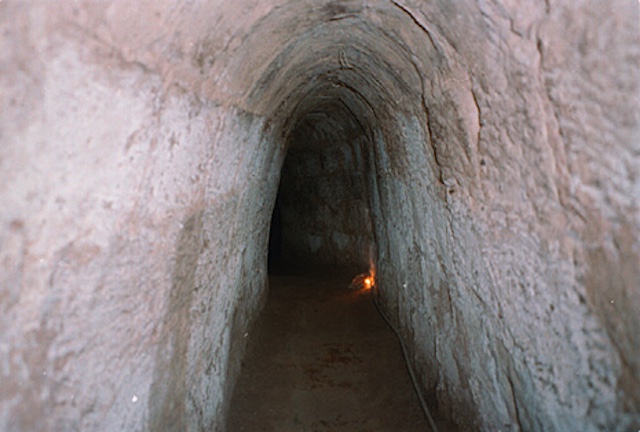
These primitive tunnels were incredibly important to the Viet Cong during the Vietnam War. Their groundwork was laid by the Viet Minh while fighting France’s colonial control and was expanded upon by the Viet Cong.
Inside, these tunnels stretched for miles, and they contained hospitals, ammunition and equipment stores, living areas, fighting positions and headquarters. Stores of food and water, along with complex air ventilation systems, meant the guerrillas could live and work in them for months at a time.
Often, fighters would keep to the tunnels during the day and only emerge at night for military operations or to care for crops and gather supplies. They enabled the Viet Cong to relocate men and supplies over large distances, without interruption, and retreat without being pursued. There was also the added benefit of being protected against the American forces’ superior air power.
Camouflage was the name of the game
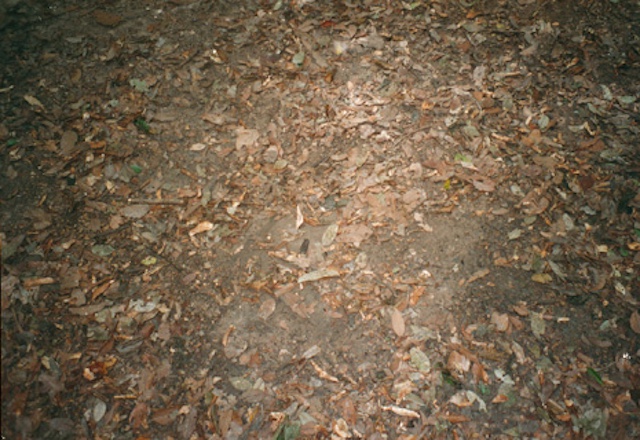
This vast network of tunnels was accessed by expertly camouflaged entrances that were dotted across the jungles of Vietnam. These weren’t only access points – they also served as tactical tools during combat. When fighting the enemy, the Viet Cong seemingly had the ability to disappear into the jungle. In reality, they’d withdrew from the action into the tunnels, which were often impossible to locate. From there, they could relocate to a different position to continue the fight.
This method of constant relocation was tough to counter. American troops were forced into what was essentially a large, deadly game of whack-a-mole. Furthermore, the guerrillas could wait until the enemy passed overhead, pop out of the tunnels, attack from behind and then return to hiding.
The entrances themselves were, as mentioned, typically impossible to spot by an untrained eye. They could be blended into the jungle floor or hidden under sacks of rice and heavy cooking pots. Some were positioned near villages, so track marks could be blended into that of normal village traffic.
Dangers lurked within the Viet Cong’s tunnels
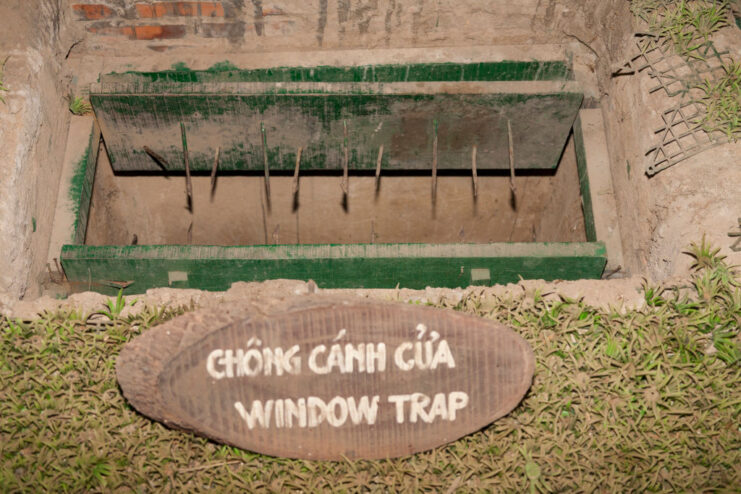
While they were incredibly efficient, in terms of waging war, the tunnels weren’t nice places to be. Dug straight out of the soil, they were infested with venomous snakes, spiders and scorpions, as well as diseases and poor air quality. Furthermore, those operating inside the tunnels were exposed to high quantities of chemicals, including Agent Orange, which leached through the soil.
As if that wasn’t enough, they were crudely built and at risk of collapsing straight down onto those within.
How did the American forces counter the Viet Cong’s tunnels?
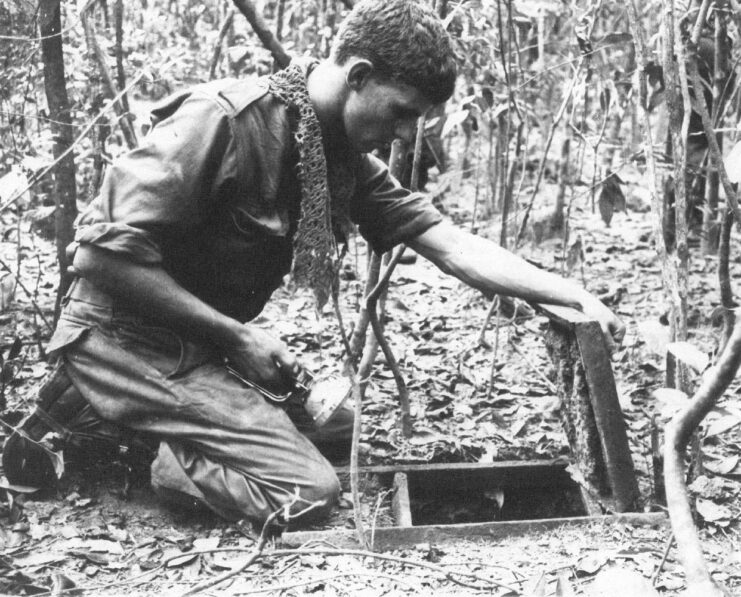
Naturally, the scale and convenience of the Viet Cong’s tunnels were a real problem for United States and its allies, who tried to hamper their use.
When the Americans first ran into them, officials decided brute force was the best solution to destroy them. The likes of Operation Crimp saw thousands of troops search the Vietnamese jungle for tunnels, and any that were found were “crimped” with explosives or had gas or water poured into them.
However, it was soon found that these methods didn’t work. The tunnels had been specifically designed to prevent water or gas from flowing through them and to reduce the effects of explosives detonating inside. It wasn’t until Australian soldiers explored them that their full complexity and scale were revealed.
After this, the US changed its tactics for dealing with the tunnels; now, troops had to search them by hand.
‘Tunnel rats’
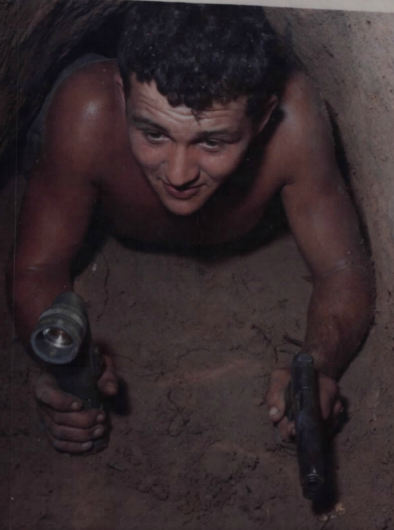
Volunteers started establishing techniques and methods for exploring the Viet Cong’s tunnels, which were often about as wide as a man’s shoulders. Due to the cramped conditions, men of a small stature were ideal.
“Tunnel rats,” as they were known, were armed only with a flashlight and a small weapon, like a handgun. Once they were inside, they faced a whole host of dangers on top of what was already facing the guerrillas living in them. The tunnels were engineered to be a nightmare for infiltrators; they were booby-trapped with spikes, grenades, poison gasses, trap doors and snakes, and certain sections could even be flooded with water.
Tunnel rats had to silently make their way through the tunnels, often in pitch black conditions, while keeping an eye out for booby traps or Viet Cong fighters. Many were cleared by these brave souls, but, for the most part, they remained widely accessible to the enemy throughout the Vietnam War.
More from us: William Goines: The First African-American US Navy SEAL Served Three Tours in Vietnam
Want War History Online‘s content sent directly to your inbox? Sign up for our newsletter here!
Many Vietnam veterans would agree this terrifying job was one of the worst of the entire conflict.
